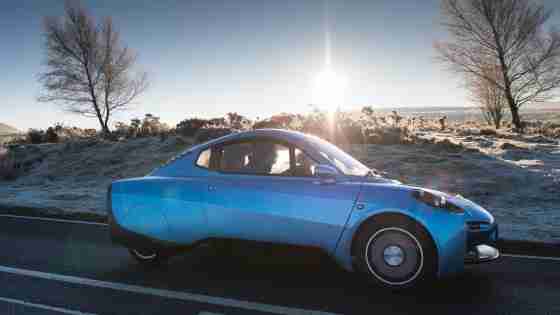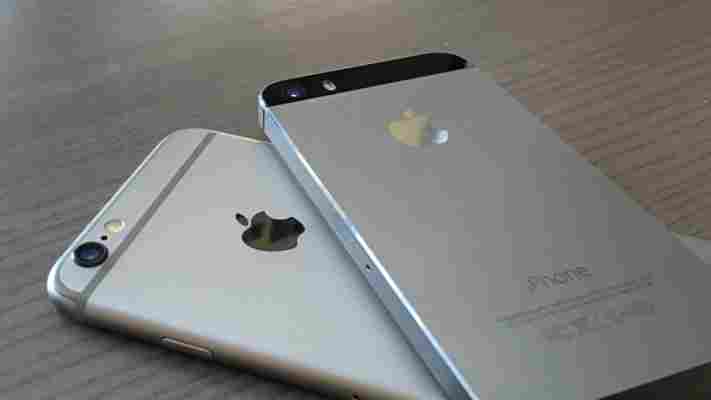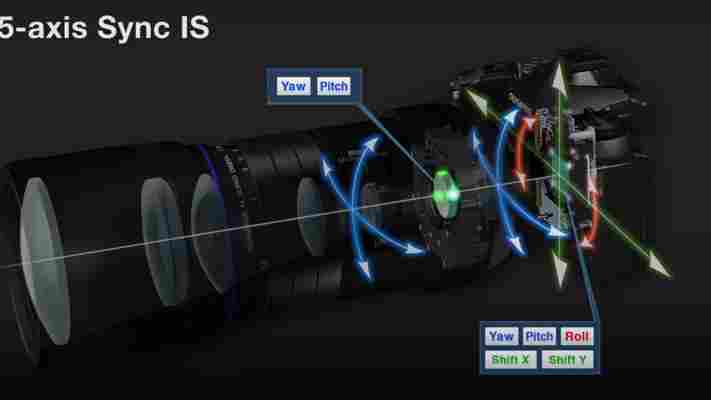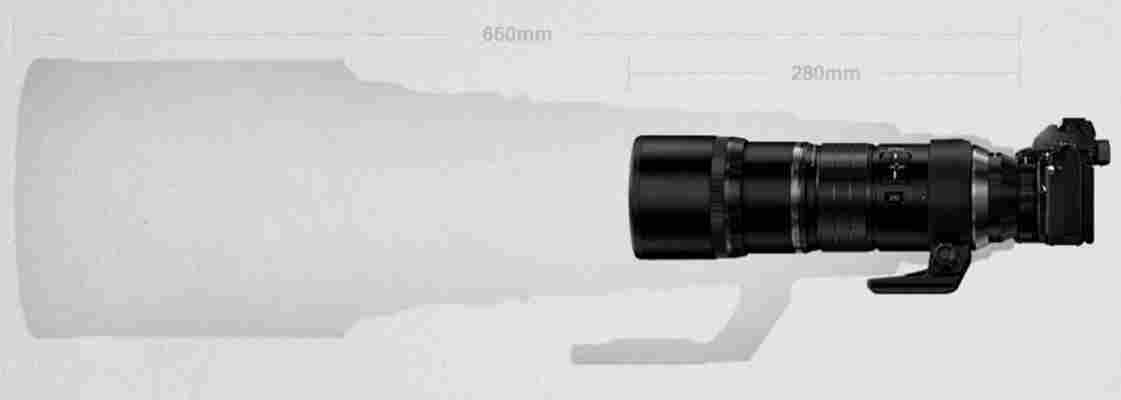This car has no gears and pumps out only water from its exhaust
A British startup has unveiled a working prototype of a zero-emission car that runs on hydrogen and is about to hit Europe’s roads.

The super-simple Rasa design created by Riversimple has only 18 moving parts and can run for 300 miles on just over 50 ounces of hydrogen.
The potential gasoline killer works by passing hydrogen through a small 8.5 kilowatt fuel cell, that combines with oxygen to form water and electricity, which then drives four motors inside the vehicle.
More than half of the the energy produced when braking is recovered by super-capacitors in the car and is also turned into electricity to boost acceleration.
The Rasa is about to start testing in Europe and a public beta with 20 customers is slated for later this year, with plans to get to market in 2018.
It currently has a top speed of just 60mph, so it won’t beat a Tesla in a race , but the range of its prototype exceeds even Elon Musk’s electric cars.
Unfortunately, even more so than electric vehicles, the fuelling infrastructure is not in place to support these kinds of cars yet.
But with big names like Toyota, Nissan and Honda exploring this kind of fuel technology already, with plans to collaborate on gas stations , this tiny Welsh machine might yet be an early leader in the new ‘good’ car market.
One, perhaps major catch, though. You won’t ever be able to own a Rasa as the company is planning to launch them on “subscription,” essentially a lease model that includes services like vehicle repair as part of the package.
➤ Riversimple Rasa is Unveiled [Riversimple]
9 iPhone cases that do more than just protect your phone
iPhone cases are a dime a dozen. Check any online marketplace, electronics store or kiosk at your local mall and you’ll be met with hundreds of options, all based on no more than a couple dozen designs. Options aside, originality is typically lacking.

Offering a unique iPhone case is rare these days, so we wanted to highlight a few of our favorite accessory makers for your most-used Apple device.
iGlaze ION from Moshi
Apple’s battery case offering brings with it some odd design choices , including a relatively large hump on the back that contains the battery. Others take a similar approach: one which significantly alters the phone’s form factor in exchange for some additional battery life.
Moshi’s offering, the iGlaze ION ($99), takes a different approach. It keeps the iPhone’s form factor intact while adding length, rather than bulk.
The case actually comes in two pieces; the first attaches to your phone like any other, while the second slides over the first and contains the battery. When you’re not in need of the backup battery, you can slide the second piece off and operate the phone with just the first. When you need extra power, slide the second piece on and enjoy what amounts to about an extra charge and a half of the stock iPhone 6s battery.
Speck CandyShell Card Case
Speck is a well-known brand in the iPhone case market, and the CandyShell Card Case ($40) is easily one of its best offerings.
The dual-layer lining features a soft rubber on the inside for protection from scratches, and a hard outer shell that provides additional durability when dropped.
The case also holds 3 cards plus cash and provides an easy thumb release that allows you to remove cards or cash with just one hand by pushing it out of its carrying slot.
KUKE
Kuke ($69/$129) was a successful Indiegogo project that raised $25,000 for its rather unique take on an iPhone case.
The case features a backup battery, as well as the addition of external storage — something that’s relatively unheard of on iPhone cases. The case itself is slim, like really slim. All told, it adds just 4mm of thickness to the iPhone 6s Plus while giving you a full additional charge on the iPhone and 16 or 64GB of storage.
Zagg
Zagg ($60) is a case that features a powerful Bluetooth speaker built-in.
The speaker amplifies calls, music and videos as well as providing a rechargeable 1800mAH battery that powers the speaker and provides a backup power source for your phone.
Oh, and it has a protective bumper that protects both the front and back of your phone from dings, dents and scratches.
FLIP IT
https://www.youtubeom/watch?v=HY7iym518eU
FLIP IT ($50/$55) is an iPhone photographer’s dream.
A Kickstarter project , the case features a built-in selfie stick, a kickstand that props your phone up on any flat surface, a remote and of course a protective covering for the phone itself. I’m not sold that this is a daily-use item, but it does have application for day trips or outings where you might find yourself taking more photos than usual.
While remarkably slim for a case that contains a pull-out selfie-stick (it fits in your pocket), it’s still bulky and rather heavy compared to other cases. That said, there is a fair bit of utility for specific use cases and it might be worth using for some outings while swapping to another case for day-to-day use.
Bumpies
Bumpies ($35) leave the form factor of your iPhone intact by providing protection just for the four corners — the most vulnerable area during drops. The raised corners protect the exterior of the phone in drops as well as the screen itself due to the slightly raised design that keeps the glass from making contact with the floor when dropped.
Aside from four stick-on bumpers, your iPhone has the same slim profile that you’re used to.
Loopy
Loopy ($32) has a hardshell design to protect the front and back of your phone while providing a a finger loop that you can use to insert your finger in while holding it, or when making a call.
The extra finger hold would conceivably lead to less drops as you can release the phone entirely and it’ll hold tight to your finger.
Perhaps even cooler, it comes in right or left-handed varieties.
Kenu Highline
Kenu ($30) provides the same durable external case as most others, but attaches a leash to the bottom that allows you to clip your phone to a belt loop, backpack or a keychain.
When attached, the idea is that the phone will never touch the ground when dropped. Instead, it’ll hang mid-air from its security leash waiting for you to retrieve it.
iDeal Magnetic Wallet
With a touch of Swedish style, the iDeal Magnetic Wallet ($34) is as much an accessory as it is protection for your iPhone.
The leather-bound case wraps around hard shell case and detaches magnetically, so you can easily remove it when it isn’t needed. The wallet portion also contains six card pockets — including a windowed pocket for your ID — and a cash slot
Hands-on: Olympus’ 300mm F4 lens has ridiculously good stabilization
Olympus and Panasonic have long been expanding Micro Four Thirds’ lens selection, and at CES 2016, the former introduced a new 300mm F4 to fill an important gap for wildlife and sports photographers.

It’s one of Olympus’ Pro-series lenses, meaning an all-metal construction and professional-grade weather sealing. It also means it’s very expensive, at $2500 – but also much cheaper than the alternative on other systems (the Canon equivalent is a mere $11,500 ).


Because of the Micro Four Thirds-sized sensor and some engineering wizardry, the lens is much smaller than a similar optic on a DSLR system, meaning this one can actually fit in a camera bag (albeit a large one).
But those are qualities we’ve come to expect from Micro Four Thirds lenses. The most interesting bit is a new trick for Olympus: dual optical and in-body image stabilization.
Olympus’ cameras are known for having the best image stabilization in the business, and do this within the camera body itself. But at 300m, there’s only so much hand shake you can compensate for in-body, so the lens features a stabilizing element that works in tandem with the camera’s in-body stabilization to provide up to six stops of handshake reduction
It also means that Panasonic cameras – most of which don’t have in-body stabilization — can still get some use out of the lens without a tripod. The one caveat is that only Olympus’ E-M1 and E-M5 II can use the in-body and optical stabilization systems in tandem. You’ll have to choose one or the other in their other cameras.
The company drove me out to a Nevada ghost town in the dead of night to put the stabilization and sharpness to the test.
The lens delivered in spades. Shooting handheld with an optic of this focal length is normally an exercise in futility, but the 300mm F1.4 felt only slightly more difficult to use than your average short telefoto lens.
That said, the lens is also lighter than you’d expect from its metal construction. You’ll definitely need two hands to shoot with it, but at least it won’t leave your arms feeling like you just left the gym.
It’s also incredibly sharp, which shouldn’t be a surprise for Micro Four Thirds lenses in general. Olympus prepared a variety of stations for us to put the sharpness to the test, and although we were shooting in the dead of night, a tripod set up allowed us to test the sharpness on a fallen plane tail.
Here’s the image at full magnification:
Even shooting a poorly lit, distant, and frollicking cowboy at night and ISO 6400, I was able to extract a fair amount of detail. While you’re not getting as much background blur as on a 600mm F4 lens on a system with a larger sensor, shallower depth of field is unnecessary and often undesirable at this focal length.
Meanwhile, I could pinpoint all the hairs on my new tarantula friend:
Here’s a 100% crop of that image, sharp even at ISO 3200:
It has surprising macro capabilities for a lens of this focal length, and once again, the effective stabilization meant I had very little trouble following my eight-legged friend as it moved about the rocks. It would be much less fun with a DSLR lens.
A few other features come in handy: a focus distance limiter can help you make sure the lens captures the right subject – and speed up autofocus – by preventing it from focusing on far away subjects. Alternatively, it can be set to focus far and ignore foreground content too.
There’s an extra programmable button that can be set to adjust almost nay camera setting, and the lens comes with a retractable hood to help shield against sunlight flare, although there isn’t exactly much sun at nighttime for me to test.
I only had a few hours with it, but the 300mm is unsurprising in the best of ways. It keeps up Olympus’ reputation of impeccably sharp pro-grade lenses, has wonderful build quality, reasonable size and a few useful extras too.
Still, the real highlight is the impeccable image stabilization, which impressively manages to make a super-telefoto feel like a short portrait lens. Olympus will have another winner in its hands when the lens begins shipping in late February.
➤ 300mm F4 [Olympus]
